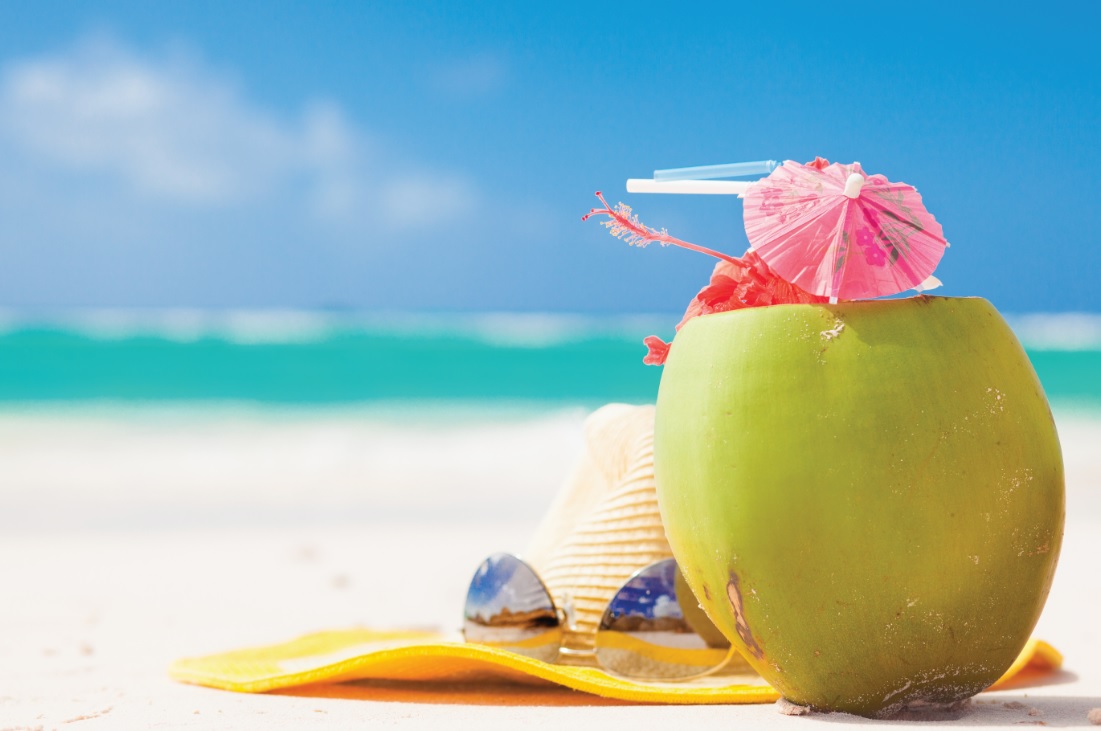Sweetness in itself is a contentious issue. Rum also struggles under the weight of the label, ‘fun’. Its image as a party drink means a lot of consumers don’t and won’t take rum seriously.
RUM IS FUN
Holland says that, in some respects, the category has an anchor with this fun image and appeals to the Captain Jack Sparrows of the world. “People associate it with pirates. People don’t think of it as a high-value spirit”.
He says brands such as Zacapa have spent a lot of time building a quality image and everyone who wants to raise the category’s image is doing a good thing.
Havana Club’s Blacknell believes rum can maintain its fun image and still be respected for its quality. “It is a serious spirit but fun,” he says. “When you think about the industry it is sort of divided into the two: serious product, like malt whisky, or a fun spirit. Why can’t it be both?”
KK Hall, director, global strategic marketing, rums, at Appleton Estate owner Gruppo Campari, agrees: “Similar to the establishment and success of premium tequila, we believe rum can maintain its accessible and fun image and be understood as a premium spirit.
“We define this as of low-key sophistication instead of pure fun, which has a broader set of interpretations. Rum represents the best of both worlds – it has tradition, history and authenticity and also this low-key sophistication which appeals to consumers who are potentially tired of a more stuffy, uptight type of sophistication.”
The ability to straddle both spheres is unique to rum, Havana Club’s Blacknell says. “Rum is one of the few spirits that can play in quality and fun. This is what I mean about category and consumer thinking starting to break down.”
But rum hasn’t broken down for all. Blacknell says: “Clearly not everyone plays in the quality stakes and some of the people doing quality are doing it in a serious way. I suspect others will take another view and it is a legitimate view. In the category I think you can see there are brands doing different things.”
This may be by desire or by design.
“Not everyone is equipped [to bring quality and fun]. It has taken a lot of investment to do this. I suspect it is a debate that is happening in the industry,” Blacknell adds.
He’s not wrong. Holland picks up the point: “In scotch, trying to get rid of the jokers in the pack has paid dividends but we have not got to that point in rum.” One of the reasons for this is that too much emphasis has been placed on packaging over the quality of the product, which results in people paying above and beyond for the vessel rather than the liquid.
“People are trying to kid people into thinking that what is in the bottle is quality,” Holland says. “There needs to be a drive to make good quality, authentic rum.
“Appleton 50 Year Old is a good example of something that is really special.”
Ultimately, Havana Club’s Blacknell says it will be obvious whether his company’s bet has paid off in the sales. “Rum as a category stretches so far. It is a complex sector because it is so big and so broad.” Blacknell fully admits that his company has put all its eggs in one basket. “If you are in the white spirit [rum] game it is tough.” Havana Club 3 Year Old is only growing at 2%-3%, according to Blacknell. “So we are not really playing in the white.”




